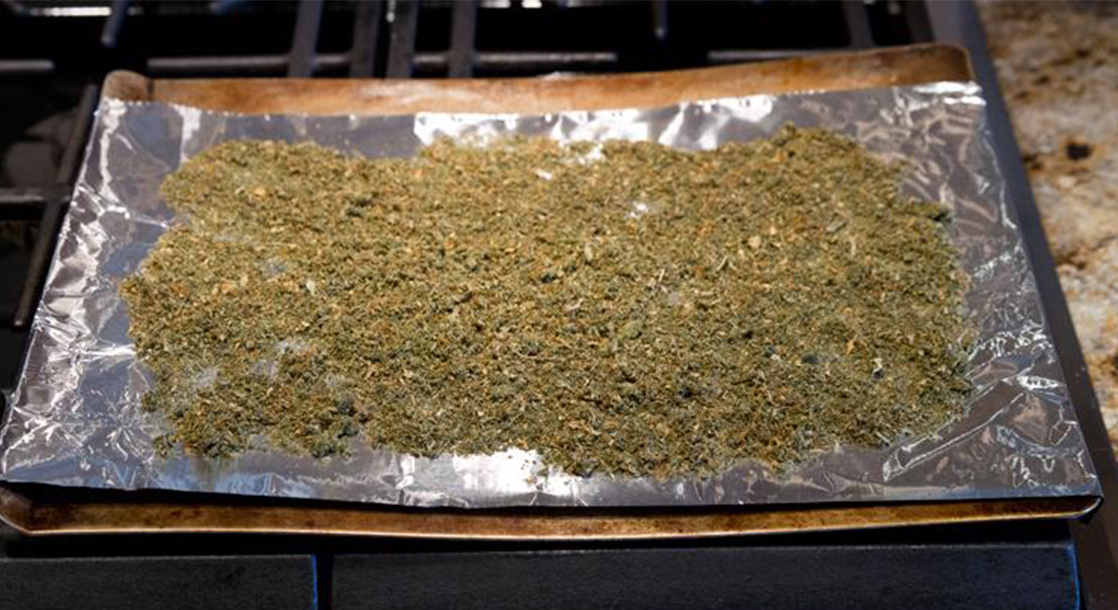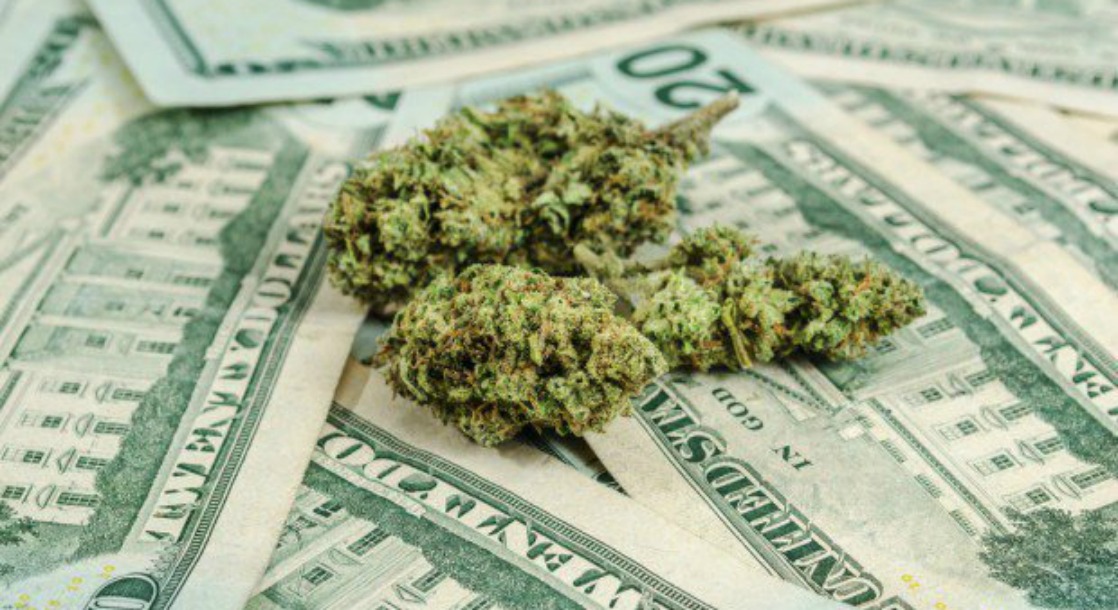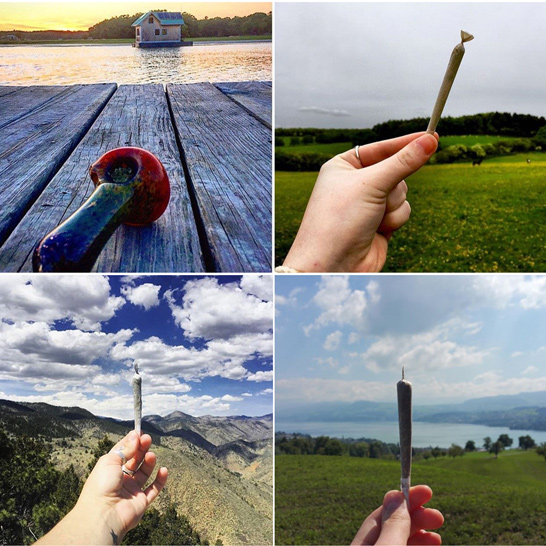Ayahuasca, often referred to as the “vine of the soul,” is a powerful psychedelic plant brew hailing from the Amazon rainforest. Having reached mainstream popularity in recent years thanks to documentaries, music, and books, this medicine has gained fame for its potential to deeply heal and drastically improve the lives of those who consciously work with it.
But the healing process isn’t easy — and the ayahuasca experience can mirror that. From relishing in pure ecstasy to traversing hellish landscapes, having horrific visions (not to mention bouts of sweating and vomiting), the aya journey is deep and profound. That’s why it’s important to prepare. Since ayahuasca interacts with existing food and drink stored in the body, as well as thoughts and unresolved traumas floating in the mind, everything you consume prior to sipping the ancient brew has the potential to impact your experience — for better or worse.
Every year, a lot of people seeking a transformative experience with ayahuasca find themselves disappointed after discovering that unhealthy diet, thoughtless drug use, and negative thought patterns can prevent you from diving deep and breaking through to metamorphosis.
If your body has a constant flow of processed meat and dairy, high levels of salt and sugar, or drugs, the brew will spend time forcing it to come up and out. In other words, you’ll purge. But there are things you can do to mitigate the chances of having an uncomfortable experience. Following the ayahuasca diet is one of them, and arguably the best advice to get the most out of your experience; which extends even after the effects of the vine have faded.
The regimen consists of foods, drinks, and behaviors to avoid before and after working with aya. And even if you’re not looking to embark on a long, deep psychedelic journey into the depths of your mind and faraway realms, this diet prep also works for other psychedelic plant medicine experiences. That said, consider this your go-to guide to getting the most out of your next ayahuasca ceremony.

What You Can Eat and Drink
A lot of the info on the ayahuasca diet tends to exclusively focus on the foods and drinks people should avoid, leaving many wondering what they are allowed to consume. So, if you’re meal prepping or heading out to eat and wondering what to order, the following items are staples in an ayahuasca-friendly regimen:
– Fruit
– Vegetables
– Grains
– Legumes
– Plantains
– Yucca
– Potatoes
– Rice
– Quinoa
– Oats
– Pastas
– Chicken
– Fresh fish
– Eggs
– Water
– Herbal tea
As you can see, the ayahuasca diet is a bit plain. In fact, it’s completely void of some ingredients many Westerners consider to be of utmost importance when cooking a tasty meal, including oil, salt and pepper, pork and red meat, and dairy products.
Although this menu may not look exciting, these foods and drinks are packed to the brim with nutrition. They’re fully satiating, and most importantly, they’re not completely flavorless — once you get used to them, of course. In fact, you’re likely to find that your taste buds change (a process known as neuro-adaptation) shortly after you replace the more pungent items in your diet with those listed above.
Whatever you choose to eat while following the ayahuasca diet, make sure that you stick to simple recipes, featuring natural and organic ingredients as much as possible. It’s important to reduce the use of spices and eliminate all stimulants — such as caffeine, supplements, or drugs — entirely.

What You Can’t Eat and Drink
There are several foods and drinks that aya-voyagers should refrain from consuming prior to working with the sacred vine. After experimenting with various diets over the course of generations, indigenous shamans have settled on the following list of items that should be avoided — at minimum — three to five days prior to a ceremony. Cutting these items out of your diet a few weeks before consuming the brew is ideal, however.
– Oil and fried foods
– Spicy foods
– Excessive salt or pepper
– Fermented foods (miso, tempeh, sauerkraut, soy sauce)
– Pork and red meat
– Smoked or aged fish
– Animal fats
– Non-fresh (canned or packaged) meat and fish products
– Dairy products
– Overripe fruits
– Citrus
– Raw nuts
– Coffee and caffeinated tea
– Carbonated drinks (including sodas, energy drinks, and non-alcoholic beer)
– Frozen or icy cold foods and drinks
– Chocolate
– Processed sweets and refined sugar
– Aspartame
– Liquid and/or dry protein extracts
– Brewer’s yeast or yeast-based supplements
Of the items on this list, you should especially avoid foods containing an amino acid called tyramine. These foods include aged cheeses, pickled or fermented foods, alcoholic beverages, and meats that have been smoked, cured, or processed. Tyramine can increase your blood pressure and heart rate, and since ayahuasca already triggers these effects, combining it with foods containing tyramine can result in a wide range of potentially life-threatening issues, including strokes, heart attacks, headaches, severe anxiety, and kidney complications.
Although the diet sounds stringent, avoid becoming neurotic about the diet. It doesn’t need to be followed perfectly — just do your best and eat and drink as clean as possible. If you do consume disallowed foods or drinks, it’s not the end of the world. And it doesn’t necessarily mean that you’re going to have a difficult ceremony.
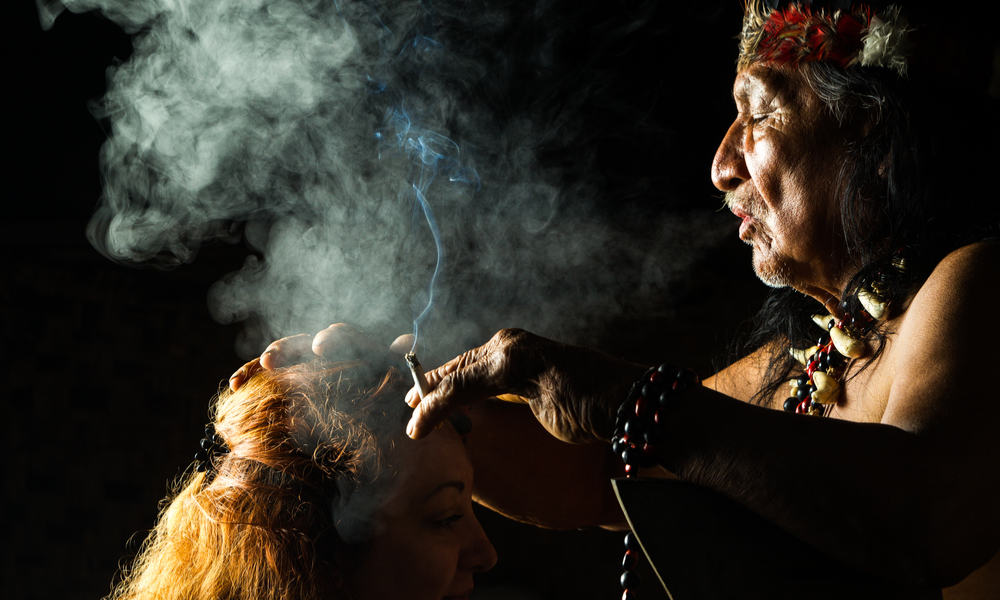
Substantial Contraindications: Other Drugs and Medications to Avoid
While the food and drinks you consume prior to an ayahuasca ceremony will have a significant impact on the overall quality of your experience, other drugs also contribute in a big way — even common beverages and doctor-prescribed medications.
In the days and weeks leading up to working with ayahuasca, it is best to avoid the use of other drugs and medications, including (but not limited to):
– Caffeine
– Alcohol
– Street drugs (cocaine, heroin)
– Psychedelics (cannabis, psilocybin, LSD, MDMA)
– Barbiturates
– SSRI (selective serotonin reuptake inhibitor) medications
– Amphetamines
– Antihypertensives (high blood pressure medicine)
– Appetite suppressants (diet pills)
– Sleep medications
– Medicine for asthma, bronchitis, or other breathing problems
– Antihistamines (medicines for colds, sinus problems, hay fever, or allergies)
– CNS (central nervous system) depressants
– Alpha- and beta-blockers
– Contraceptives
– Antipsychotics
And that’s not all. There are other plant medicines that should be avoided, including:
– St. John’s Wort
– Kratom
– Kava
– Ephedra
– Ginseng
– Yohimbe
– Sinicuichi
Combining any of these drugs or plant medicines with ayahuasca can result in an uncomfortable and challenging experience. Mixing drugs with aya can also lead to serious health concerns, so it’s best to stay away from them leading up to a ceremony. It’s important to note, however, that the ayahuasca ceremony isn’t for everyone.
If the state of your health depends on any of the above medications, we do not recommend going off these medicines. We do, however, suggest you speak to a healthcare professional prior to working with aya.
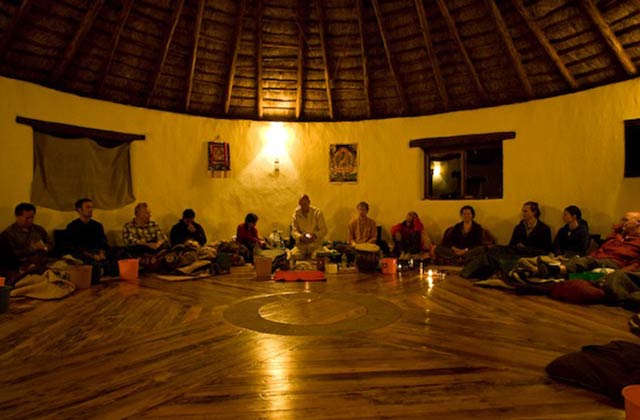
Further Restrictions: Behaviors, Personal Hygiene Products, and Feminine Conditions
The ayahuasca diet doesn’t only include things you put in your body. There are also certain behaviors to skip, hygienic items to set aside for a bit, and a couple things that women need to be especially aware of during the weeks leading up to any potential ayahuasca ceremony.
It’s recommended to abstain from sexual activities of any kind, including kissing and masturbation, for at least a few days prior to consuming ayahuasca. Ideally the longer you can avoid sexual activity, the better. The reason is because sex is a massive exchange of energy. And sometimes sex can drain you, which, in turn, can potentially get in the way of ayahuasca’s ability to work effectively.
Preparing your mind for an ayahuasca ceremony is also of utmost importance. Consuming violent or disturbing content in the time leading up to working with this plant medicine can make your overall experience considerably more difficult, so it’s best to avoid all forms of mass media, including television, films, and radio for at least one week before a ceremony. Cut out any jarring music, intense reading materials, or movies. Shut off the news and avoid social media or places and platforms you’re likely to encounter conflict and negativity. This is among the hardest things to do, considering the world in which we live thrives on scrolling and zombie-ing out in front of the tube.
Instead of getting lost in media, use the week leading up to the ceremony to break those habits. Work on calming your mind, and set intentions for the upcoming experience. Read self-help books, spend time meditating, or practicing yoga, and reflect on your past and what you’d like to get out of your ayahuasca experience by journaling. The goal is to fuel your mind with positive thoughts rather than negative ones. And while it does take some work, it will pay off in spades during your ceremony.
Don’t use synthetic soaps, perfumes, or toiletries, which may contain ingredients that don’t mix well with ayahuasca. Harsh chemicals found in these products can result in vomiting, excessive sweating, and, in some rare cases, bouts of diarrhea — so it’s best to avoid them for a few days prior to your first ceremony. You can replace them with versions that contain natural and organic ingredients, which will interact much better with the medicine and prevent unnecessary purging.
Women who are menstruating on the day of an ayahuasca ceremony should inform their shaman or ceremony facilitators, who will assess the situation. It’s possible they’ll ask a woman on her cycle to sit out for one or more ceremonies until menstruation has passed.

How Long to Observe the Ayahuasca Diet
Many shamans and retreat centers request their clients observe the ayahuasca diet for a minimum amount of time, which can range from just a few days up to a few weeks before the first ayahuasca ceremony. Since ayahuasca continues to work on the body and mind long after it is consumed (some say for several months), you should also continue following the diet for at least a few days or weeks after your ceremonies are behind you.
The longer you follow the ayahuasca diet before and after working with ayahuasca, the deeper you will go in your journeys and the more effectively profound your experience will be. Complying with the ayahuasca diet as closely as you can throughout your day-to-day won’t just make your experiences with aya better — it’s likely to improve your everyday life, as well.
Follow David Wilder on Twitter



